Description
After the Second World War, maritime Asia recorded high levels of growth, thereby bringing the “Indo-Pacific” construct to prominence. The region`s intersecting interests, including those of major maritime trading and strategic powers, significantly shape developments across the globe. The landscape of the Indo-Pacific is strategically bound by India in the west (although in the future, it will inevitably stretch farther westwards to incorporate at least the eastern coast of the African continent), the US in the east, Japan and South Korea in the north, and Australia in the south. This region encompasses more than half the earth’s surface, supports more than half the world’s population, and contributes as much to the global GDP.
As countries of the Indo-Pacific record consistently high economic growth, a burgeoning middle class is emerging—especially in the Indian Ocean segment of the Indo-Pacific (comprising the Indian Ocean and its island-States)—that has a markedly youthful profile and significant purchasing power. This facet most definitely adds to the power of this region to influence markets, since consumer data is the most potent propellant of the growth of technologies within Industry 4.0—including artificial intelligence (AI), machine learning (ML), the Internet of Things (IoT), additive manufacturing, robotics, etc.
An in-depth study of shipbuilding trends of a representative sample of maritime Asian countries would help one to understand how the interplay of history, technology, economics, and strategy has contributed towards the growth of the Indo-Pacific—which is arguably the single most defining feature of the post-World War II period.


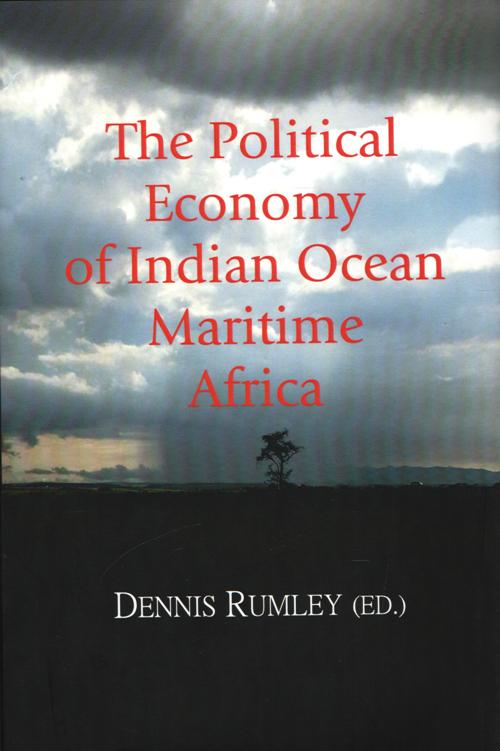
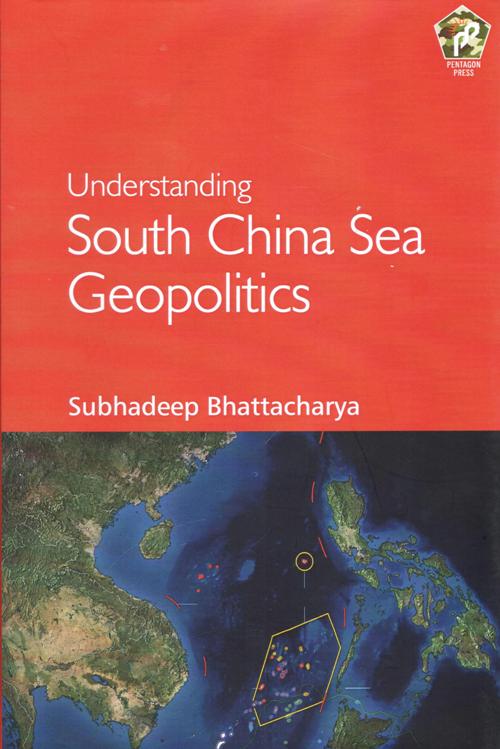
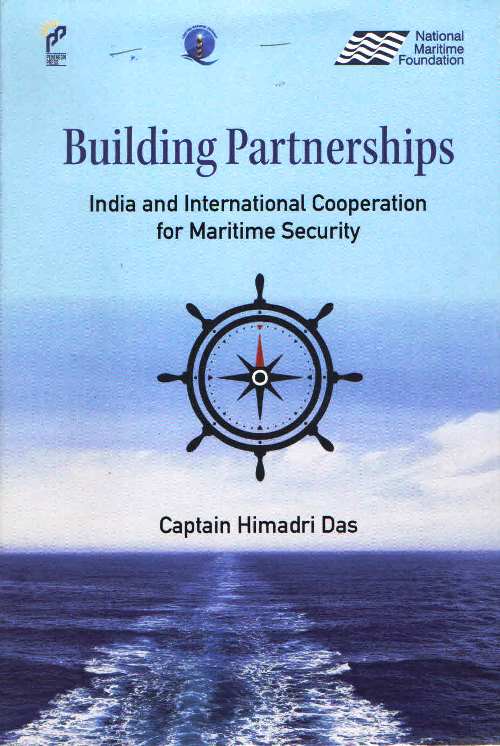

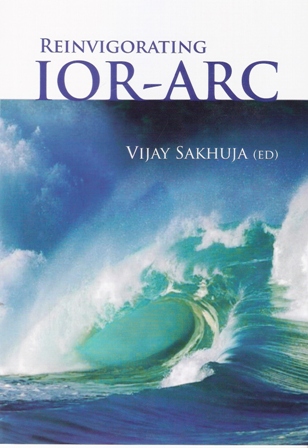
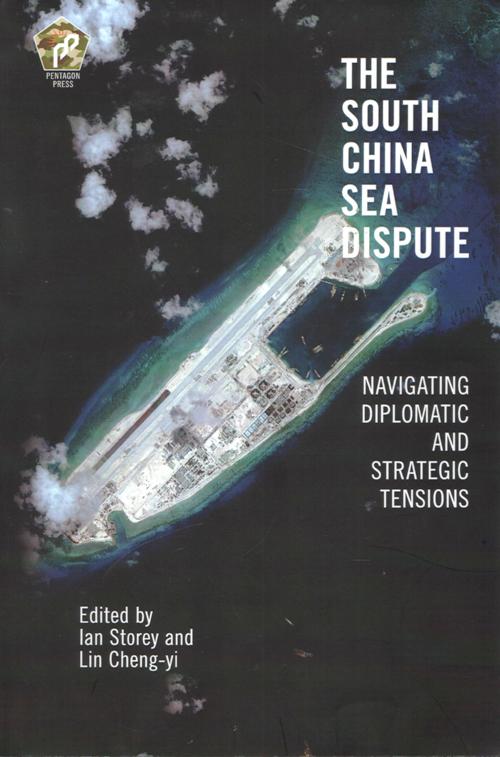
Reviews
There are no reviews yet.